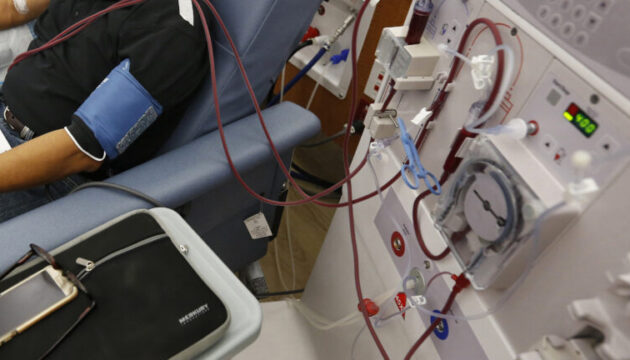Insurance and Provider Markets
Our work in Insurance and Provider Markets
-
The Supreme Court Left Millions of Americans Uninsured: Here’s What Congress Can Do to Cover Them
Congress can expand healthcare to millions of Americans by enrolling individuals in the 12 states that did not expand Medicaid.
Categorized in -
Eliminating Small Marketplace Premiums Could Meaningfully Increase Insurance Coverage
Matthew Fiedler estimate that 404,000 Marketplace enrollees in the states served by HealthCare.gov currently owe a small positive premium (defined as a positive premium of less than 0.5% of the gross premium of the enrollee’s plan, which translates to around $3 per month on average).
Categorized in -
Value Defects In The Health Services Sector
As of 2021, US health care expenditures exceed $3.8 trillion. It’s no secret that health care is nearly as wasteful in spending on value defects—behaviors that needlessly reduce quality, negatively impact the patient experience, or add to total costs of care—as it is in delivering clinical benefits.
Categorized in -
New Evidence Suggests a Lack of Cost-Shifting in Prescription Drug Markets
Recent legislative efforts to regulate drug prices have reignited debates about the interaction between price setting in public insurance programs and commercial market spending.
Categorized in -
Revisiting Early Structural Findings of Asymmetric Information’s Non-Existence in Health Insurance
AHRQ Postdoctoral Research Fellow revisits an early structural model that tests for asymmetric information in health insurance.
Categorized in -
The Case for Replacing “Silver Loading”
An analysis of how a public option may or may not reduce healthcare costs in the U.S.
-
Association of Drug Rebates and Competition With Out-of-Pocket Coinsurance in Medicare Part D, 2014 to 2018
Research from Schaeffer Center experts Darius Lakdawalla and Meng Li in JAMA Network Open finds U.S. insurers could use drug manufacturer rebates to lower retail pharmacy prices and reduce patient out-of-pocket burden by 38% on average, or 70% in the most competitive drug classes.
Categorized in -
Designing a Public Option that Would Reduce Healthcare Provider Prices
An analysis of how a public option may or may not reduce healthcare costs in the U.S.
-
Congress Should End Dialysis Companies’ Third-Party Games with Insurance Coverage
A new op-ed in STAT highlights practices by dialysis facilities where they try to push patients into individual market plans by financing patients’ premiums for those plans
-
Insurer Formularies Complicate the Adoption of Biosimilar Cancer Therapies
A new blog post coauthored by Schaeffer Center experts in Health Affairs finds that insurer preferences for biologic and biosimilar drugs adds cost and complicates the work of hospital pharmacists and physicians.
Categorized in









